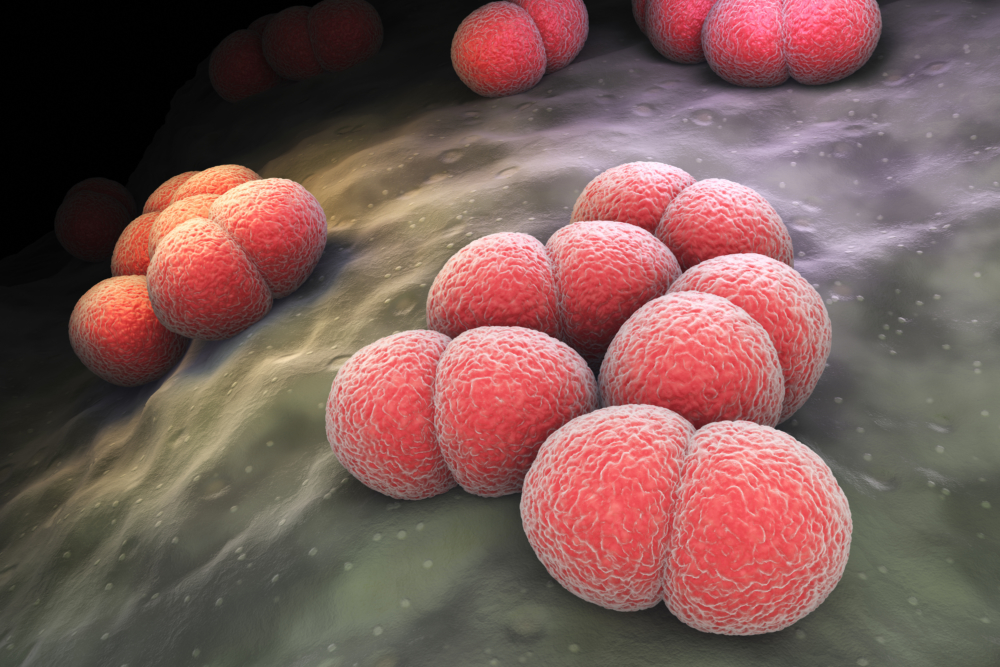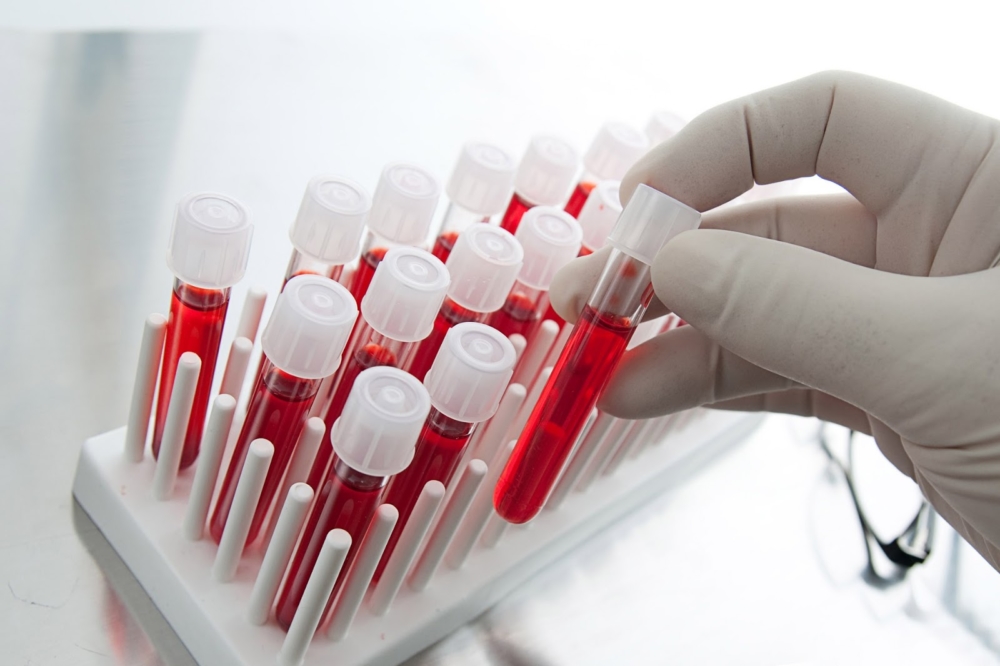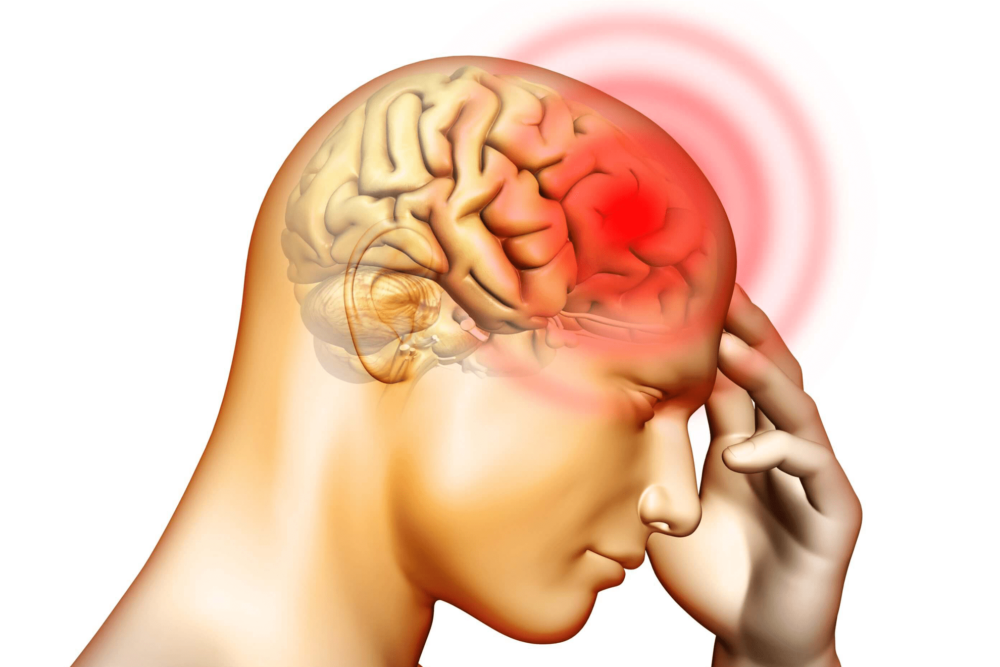A decrease in the protective level of the immune system increases the likelihood of damage to the body by bacteria or viruses. The activity of pathogenic microorganisms provokes the development of many serious ailments. The most dangerous is viral meningitis, which causes pathological processes in the membranes surrounding and protecting the spinal cord or brain.
Material Content:
Causes of Viral Meningitis
Infection with viral meningitis is diagnosed with inflammatory damage to the membranes of the brain by viral particles.
The mechanism of transmission of the disease and its seasonality are determined by the characteristics of the type of pathogen pathogen:
- enteroviruses (Coxsackie and ECHO) - provoke pathology in 75% of cases. Infection occurs through contaminated products or water. Activity season - warm season;
- herpes virus of the second type - found in human biological environments, transmitted through close contact with infected patients. Seasonality of manifestations is absent;
- viruses: West Nile, St. Louis, La Crosse, California encephalitis, as well as West and Venezuelan equine viruses are transmitted through the bites of insects - mosquitoes and ticks in the warm season;
- lymphocytic choriomeningitis virus. It is carried by infected mice or hamsters. It is transmitted by contact with rodents or their excrement. Season of exacerbations - cold season;
- HIVInfection occurs by contact with biological fluids of an infected patient - saliva, urine, blood. Seasonality is absent.
All types of pathogens are characterized by resistance to freezing, the influence of alcohol and ether. Viruses that cause inflammation of the meninges can be inactivated by exposure to chlorine-containing agents, formalin, as well as heating or ultraviolet light.
Incubation period
After a person is infected with the virus, the first signs of infection do not appear immediately, but after a few days. This indicator depends on the number of harmful agents that enter the body.
The duration of the incubation period for viral meningitis is from two to ten days. Viral particles spread throughout the body through the bloodstream, and, having entrenched in the tissues, begin to multiply actively.
As the number of viruses increases, the effectiveness of counteracting immunity decreases, the first signs of infection develop.
At the end of the incubation period, the patient becomes contagious to those around him.
Symptoms in children and adults
The development of pathology is characterized by an acute and intense manifestation of general symptoms: fever and fever, severe headache, drowsiness and weakness. Such manifestations of viral meningitis in children are often mistaken for an indicator of the defeat of the flu.
The formation of signs inherent in the acute form of viral or bacterial meningitis can be observed every other day.
The complex of cerebral and focal symptoms is called meningeal syndrome. Signs of the first disease include irritation of the soft membranes and cerebral edema, and, as a result, impaired cerebrospinal fluid dynamics: excessive production of cerebrospinal fluid against the background of a decrease in its absorption.
The main focal manifestations of meningeal syndrome are considered to be:
- headache is the most pronounced symptom characteristic of any type of meningitis. It occurs due to irritation of the nerve endings that innervate the meninges. The pain is localized in the forehead and the back of the head. Sharp movements, loud sounds, bright light are regarded as additional stimuli that enhance pain. Traditional analgesic drugs do not bring relief;
- vomiting in combination with dizziness, and this symptom is not associated with eating. It can occur even with minor movements of the patient's body;
- muscle rigidity of the cervical areas - a reflex increase in muscle tone, which prevents neck movements. Trying to tilt your head causes pain;
- Kernig symptom - if you bend your leg at a right angle in the pelvic area, then it will not be possible to straighten it in the knee;
- increase in intracranial pressure;
- arrhythmia, bradycardia and other dysfunctions of the autonomic system;
- mental abnormalities - an increase in depression of consciousness, memory problems, the appearance of hallucinations
In addition, viral meningitis in adults can be accompanied by a unilateral expansion of the eye pupil with subsequent loss of response to light. Sometimes there is paralysis of the abducent nerve, which ensures the movement of the eyeball.
Features of the manifestations of viral meningitis in children
In infants with viral meningitis, the fontanel swells and reflexively pulls the legs to the chest at the moment when they are picked up. When the doctor tries to bend the child’s head forward, his legs bend involuntarily. While in a horizontal position, the children throw their head back and draw their stomach in.
In infants, the development of infection is accompanied by motor anxiety and can cause prolonged piercing crying and seizures.
The presence of meningeal syndrome in infants is not always regarded as a sign of the development of viral meningitis.Similar symptoms are also characteristic of other types of infectious lesions that cause general intoxication of the body.
The average duration of the disease is two weeks. Normalization of body temperature is observed three days after the onset of viral meningitis.
Diagnostic Methods
If this disease is suspected and the initial diagnosis, neurologists rely on the appearance of a factor characteristic solely for the development of meningitis. This includes the triad of basic symptomatic manifestations: a combination of meningeal and intoxication syndromes, as well as inflammatory changes in the properties of cerebrospinal fluid, cerebrospinal fluid.
The absence of inflammatory changes in the latter is considered a weighty argument in favor of excluding the diagnosis of viral meningitis even in the presence of two other syndromes. Therefore, the basic diagnostic method is the analysis of fluid obtained from the cerebrospinal fluid.
The development of viral meningitis during its study confirms the change in the main characteristics. Analysis of samples obtained by lumbar puncture, allows to determine:
- color and transparency of the cerebrospinal fluid. Normally, the liquid is colorless, visually similar to water. The appearance of any shades, including turbidity, is regarded as a sign of the development of pathologies;
- pressure level. Its growth and fluid flow rates are a sign of inflammatory processes;
- cytosis. Inflammation is indicated by an excess of the norm of the following indicators: the number of leukocytes, lymphocytes, neutrophils, the level of protein and glucose;
- the presence of bacterial infections;
- immune responses.
An indirect confirmation of the disease with viral meningitis is the improvement in the patient's well-being after the puncture procedure.
Specific Diagnostic Methods
An important diagnostic aspect is the differentiation of pathology from bacterial damage.
The main studies shown in establishing this ailment include:
- blood test - clinical common with leukocyte formula, determination of hematocrit, plasma glucose, lipase, electrolyte composition, amylase, creatinine;
- analysis of feces and urine for the presence of enteroviruses, cytomegaloviruses;
- swabs from the nasopharynx - to detect enteroviruses and adenoviruses;
- PCR - analysis of cerebrospinal fluid allows the identification of viral DNA;
- biochemistry of samples of liver samples;
If the diagnosis is doubtful, additional tests are prescribed: EEG, MRI, CT of the brain and electromyography to clarify the indicators.
Even with the final diagnosis, the possibility of an error in favor of acute bacterial meningitis is not ruled out. Therefore, when choosing therapeutic methods, the means that eliminate the coincident symptoms remain priority.
Treatment of a dangerous disease
Therapy of viral meningitis has two tasks - the elimination of the causative agent of the disease and the relief of symptomatic manifestations.
The choice of antimicrobial medications is determined by the results of diagnostic studies. Antibiotics are administered intravenously. The average course of treatment is three weeks.
In severe forms of the disease, interferon and glucocorticosteroids are prescribed.
Symptomatic therapy involves the use of the following groups of drugs:
- diuretics - to accelerate the withdrawal of fluids from the body. With cerebral edema, dehydrating substances are used;
- detoxification drugs - more often, in the form of infusions;
- analgesics - to reduce pain;
- anticonvulsants;
- antipyretic medicines;
- immunomodulators, immunoglobulins.
In the treatment of herpes simplex virus meningitis, exposure to acyclovir is used.
Prognosis for recovery
In general, the prognosis of viral meningitis is considered favorable. After undergoing a therapeutic course, the vast majority of patients recover.
In some cases, within a few weeks there is a likelihood of symptoms - headache, minor intellectual disorders, as well as impaired coordination of movements.
Possible complications
Potential complications in the absence of adequate therapy include:
- hearing loss;
- decrease in intellectual potential;
- mental retardation;
- asthenia;
- dementia;
- headaches of a chronic nature.
For adults, viral meningitis is not dangerous and is well treatable. There is a risk of complications in infants, pregnant women, the elderly and HIV-infected.
The probability of a fatal outcome occurs with newborn encephalomyocarditis. The development of encephalomyelitis is fraught with complications in the form of dementia or paralytic syndrome. Treatment of patients at risk is carried out only in stationary conditions.
Prevention
There are no specific measures to prevent viral meningitis.
To maintain health, it is necessary to lead a lifestyle that supports the potential of the immune system. At the same time, it is required to provide nutritious, rich in vitamins and minerals, exercise, alternate work and rest, walk in the fresh air, avoid stress and try not to contact people with any viral infections.
In addition, you should not neglect the sanitary and hygienic standards - wash your hands before eating, never drink water from doubtful sources, eat exclusively pure fruits and vegetables in fresh form, as well as those intended for cooking.
The implementation of simple recommendations is the simplest and most effective way to health and well-being.



















